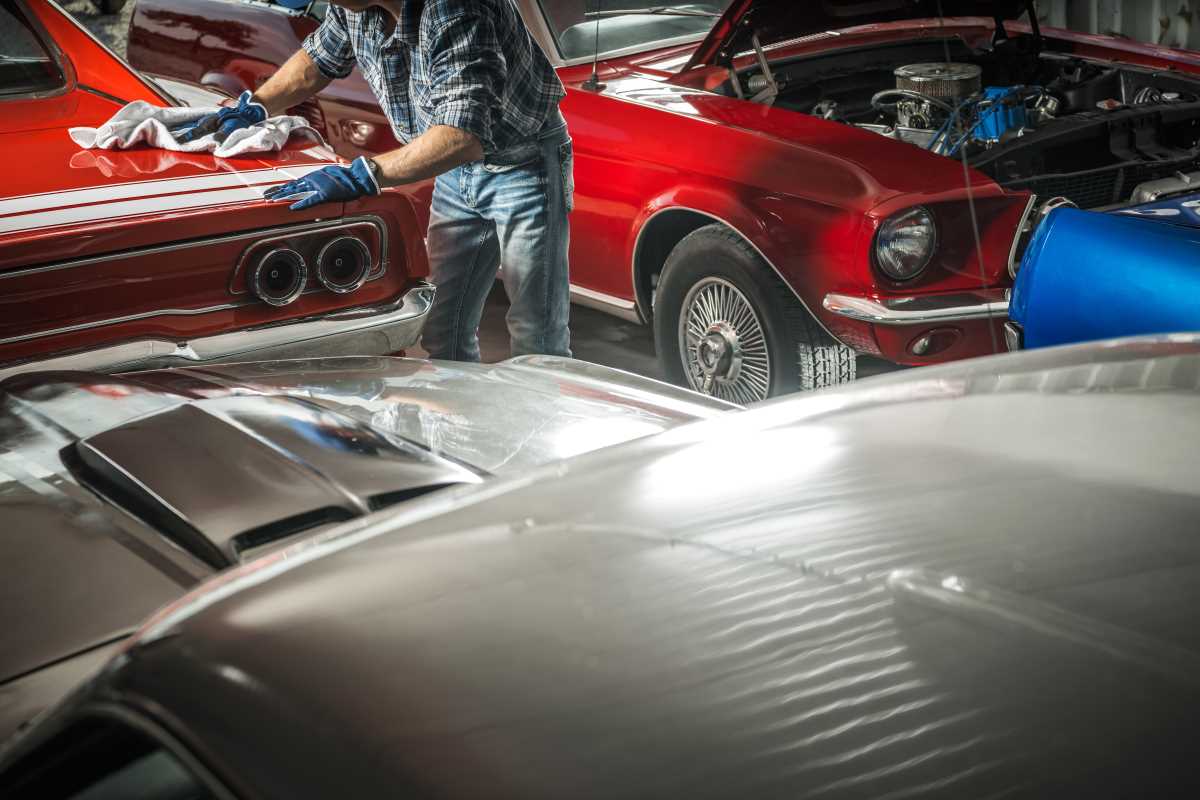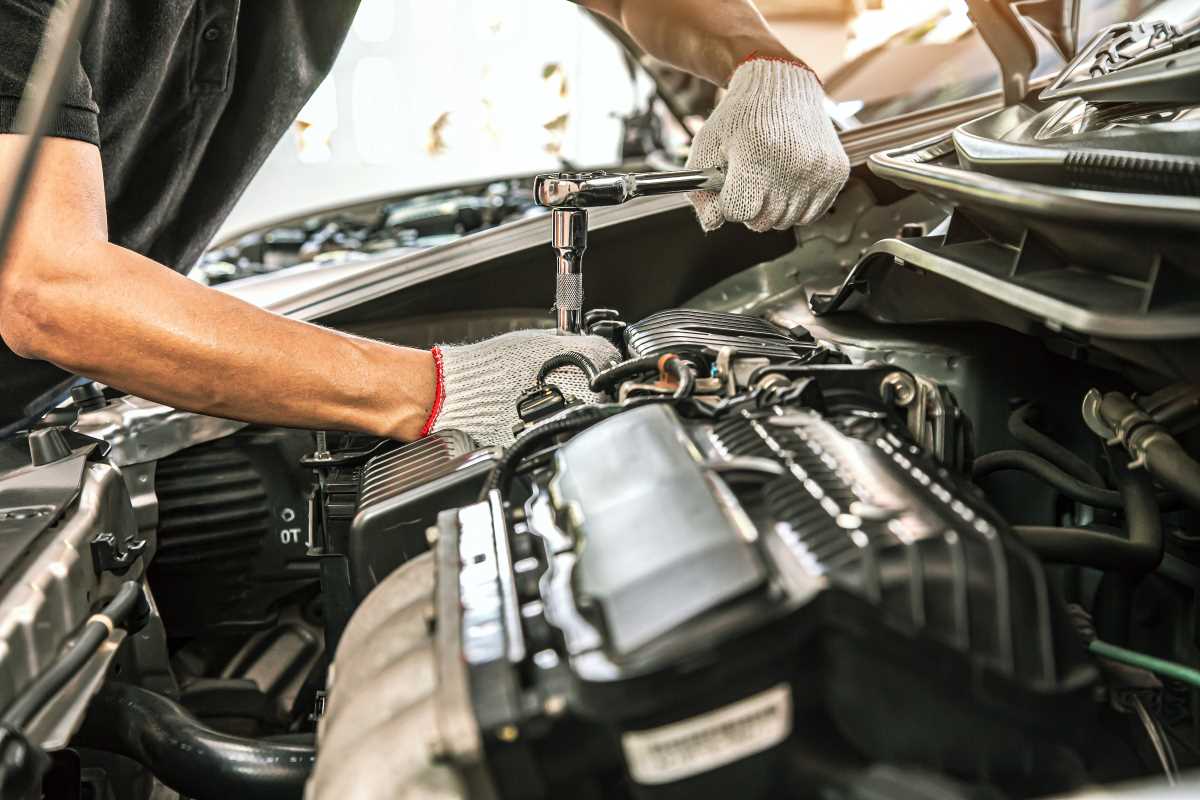Automotive engineers work tirelessly behind the scenes to enhance safety features in every new vehicle. While polished exteriors and modern designs catch the eye, the true advancements happen during production, where cutting-edge materials, advanced robotics, and intelligent software form the backbone of safer cars. These innovations extend protection beyond the driver, reducing the risk of injury for all passengers as well as pedestrians and cyclists nearby. As the industry evolves, each new model reflects a commitment to making every journey on the road more secure for everyone involved. Drivers and bystanders alike benefit from these ongoing improvements in automotive safety.
Below are detailed steps showing how each innovation plays its role, along with practical tips for companies that want to adopt them. Let’s explore the assembly lines and see what’s driving the next wave of safety.
Advanced Materials and Lightweight Structures
Switching to materials like high-strength steel, aluminum alloys, and carbon-fiber composites allows designers to shape crush zones that absorb impact more efficiently. These choices reduce weight while keeping the cabin rigid during crashes. Lighter cars also stop faster, lowering collision damage.
Manufacturers follow specific steps to select these materials:
- Test small batches under different temperatures to check brittleness.
- Run crash simulations in virtual environments before creating physical prototypes.
- Refine welding methods, since dissimilar metals need special joinery.
Pro tip: Set up a materials lab close to the production line. This setup enables you to tweak alloy blends in hours instead of days. Accelerating feedback loops not only enhances safety but also increases line efficiency.
Automated Welding and Robotic Assembly
Robotic arms now carry out complex welds with sub-millimeter precision. Brands like KUKA and FANUC supply bots equipped with sensors that adjust welding speed in real time, preventing weak spots. Thanks to this technology, weld quality remains consistent over thousands of units.
Robots also carry more welding tools on the same arm, so they switch tasks without human help. This multitasking reduces cycle times and allows factory staff to focus on inspections and fine-tuning.
Here’s how to implement robotic welding:
- Start with one cell dedicated to a high-risk joint, such as the roof pillar.
- Train technicians on both hardware and the control software that manages it.
- Track defect rates weekly and set up alarms for any spike above 0.5%.
Once you establish that first cell, replicate the layout across more lines to ensure uniform quality.
Additive Manufacturing (3D Printing) for Safety Components
3D printing enables engineers to create complex geometries that traditional machining cannot produce. You can print energy-absorbing lattice structures for bumpers or design crumple boxes that collapse in a controlled way during a crash.
Manufacturers use metal powders and machines such as DMLS (direct metal laser sintering) units to develop prototypes overnight. This process shortens turnaround times compared to waiting weeks for a machined part.
Follow these pointers for smooth integration:
- Validate each print design in a digital crash model first.
- Perform post-processing checks for porosity and layer bonding.
- Document any geometry adjustments immediately to support ongoing improvements.
Actionable tip: Partner with a local tech incubator that specializes in metal additive manufacturing. They often provide machines you can rent for pilot runs at lower costs.
Smart Sensors and Embedded Electronics
Embedding pressure, acceleration, and temperature sensors inside structural parts enables real-time health monitoring. If a minor fender bender damages the frame, the system alerts before it compromises occupant safety.
Manufacturers integrate tiny chips and flexible circuits during stamping or molding. Sensors wirelessly transmit data to the vehicle’s control unit, allowing maintenance teams to focus on actionable alerts rather than vague warnings.
Key benefits include:
- Detecting damage early—sensors identify partial deformations that don’t show up in visual inspections.
- Enabling adaptive safety systems—airbag deployment logic adjusts based on actual sensor feedback.
- Reducing costs—targeted repairs outperform full panel replacements.
If you set up a sensor validation lab, you can simulate minor crashes and verify that each sensor still functions within milliseconds. Detect failures in-house before customers notice them.
Quality Control with AI and Machine Vision
AI-driven cameras examine welds, paint jobs, and assembly fits at lightning speed. This technology spots microscopic cracks or misalignments that human inspectors might miss under bright factory lights.
Deep learning models trained on thousands of defect images flag issues in real time. If a robot weld drifts off course, the system halts the line and notifies the maintenance team via a tablet app.
To implement this setup successfully, take three steps:
- Gather baseline images of flawless components under multiple lighting conditions.
- Train your AI model on both perfect parts and various defect types.
- Integrate camera triggers with line PLCs so the line stops automatically on critical faults.
Updating the model every month helps you identify new defect patterns before they affect safety.
Industry Trends and Implementation Strategies
Many companies now work together to improve safety. OEMs share anonymized crash data and materials test results with tier-one suppliers. This shared knowledge accelerates the development of new materials and safety systems.
Another growing trend involves establishing small innovation units inside larger factories. These units test a single new technology—such as AI vision—on one line, learn what works, and then expand. This pilot approach minimizes costs and prevents investing in expensive equipment that may not fit your process.
To start, identify a safety issue you face regularly, like inconsistent weld penetration. Then designate a small zone on one line to test a new sensor, robot upgrade, or AI tool. Set a strict six-week timeline to prove its value; if successful, expand the project.
Manufacturing advances improve car safety by using stronger materials, smarter machines, and detailed data analysis. These innovations turn metal sheets into passenger shields, enhancing protection. As technology advances, safety in vehicles continues to improve.
 (Image via
(Image via





